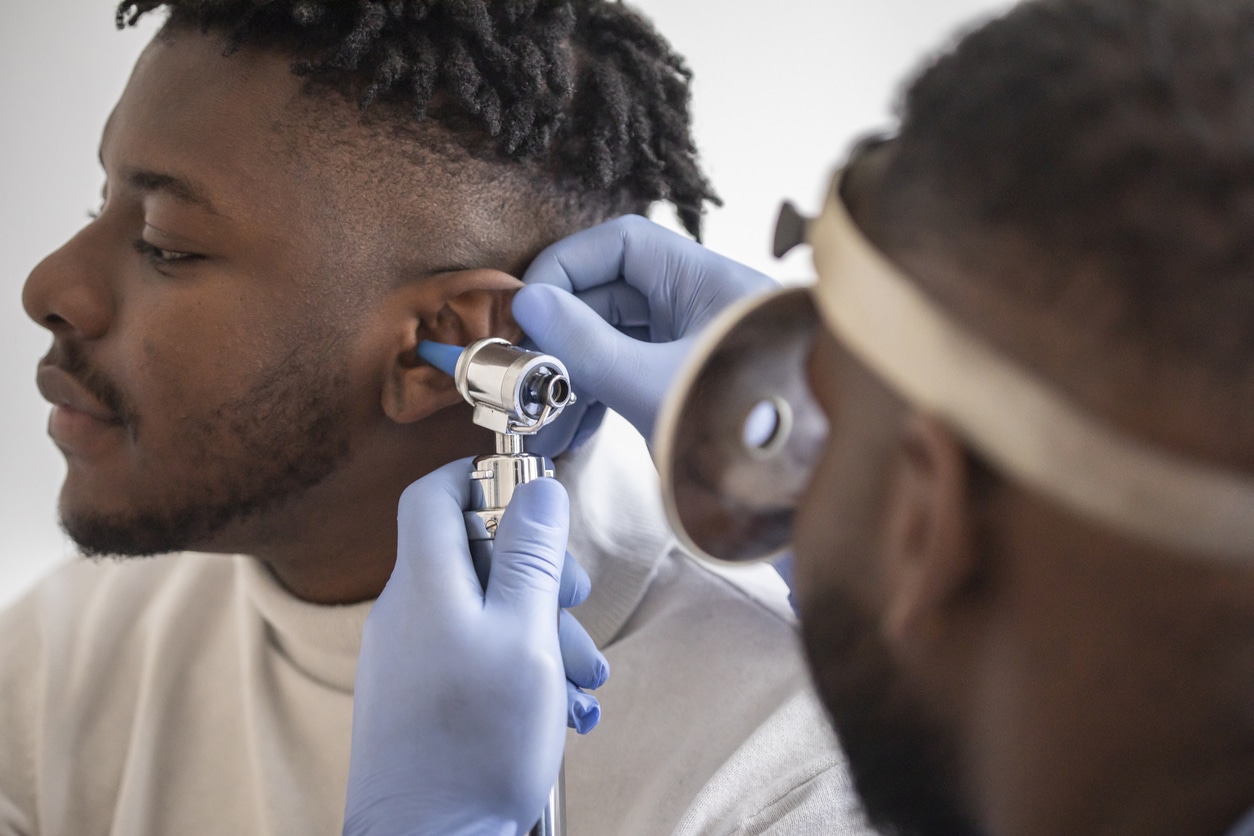Hearing loss arises when there is a dysfunction with parts of the auditory system. It can stem from various causes, such as damage to the hair cells in the inner ear or from the natural aging process. It’s estimated that around 15% of American adults have some degree of hearing loss.
In some cases, hearing loss is preventable, and a deeper understanding of the condition can empower individuals to take proactive measures to safeguard their hearing health.
Varieties of Hearing Loss

Hearing loss manifests in three primary forms. Influenced by its cause, The extent of hearing loss will drive the course of action for treatment. The three types of hearing loss include:
- Conductive: This type of hearing loss is associated with issues in the outer or middle ear. Treatments often involve medication or surgical procedures.
- Sensorineural: This form occurs due to problems in the inner ear or with the auditory nerve.
- Mixed: A combination of both conductive and sensorineural hearing loss.
The severity of hearing loss can vary widely, from mild to profound, and identifying the stage of hearing loss is crucial in determining treatment options and when to consult a hearing care professional.
Levels of Hearing Loss
Hearing loss is categorized into five distinct levels, each affecting social interactions in its own way. Should you notice symptoms from any stage, it’s advisable to see a hearing specialist. The levels of hearing loss are determined by the softest sounds a person can detect, measured in decibels (dB), as follows:
- Mild hearing loss: Occurring between 25 dB to 40 dB, where faint sounds like ticking clocks or soft whispers may be difficult to perceive. Those with mild hearing loss might find it challenging to keep up with conversations in noisy environments, such as a café like The Blind Tiger, particularly sounds like soft consonants.
- Moderate hearing loss: This stage falls within 41 dB to 55 dB, where even normal conversational levels can be hard to hear. It often leads to difficulties in using the phone or understanding conversations without assistance and hearing aids are commonly recommended.
- Moderately severe hearing loss: Ranging from 56 dB to 70 dB, this level of hearing loss may cause the inability to hear louder sounds, such as a dog barking, without hearing aids. Engaging in conversation can be very challenging.
- Severe hearing loss: Defined by a range of 71 dB to 90 dB, where most sounds go unnoticed. Powerful hearing aids are typically necessary to engage in conversation.
- Profound hearing loss: This is the stage where the quietest sound audible is over 91 dB. At this level, highly effective hearing aids or cochlear implants are essential.
Individuals with severe to profound hearing loss might rely on lip-reading or sign language to communicate effectively.
Hearing loss can be unilateral or bilateral, with each ear potentially experiencing different levels of hearing loss. It can develop gradually over time or suddenly due to injury or trauma, where immediate medical intervention is often required.
If you or someone you care about is dealing with hearing loss, it’s crucial to seek advice from a hearing specialist. They can offer guidance on hearing aids or strategies to cope with hearing loss symptoms, enhancing communication skills and overall life quality.
To discover more about hearing loss or to arrange for a hearing examination, get in touch with Kampsen Hearing.